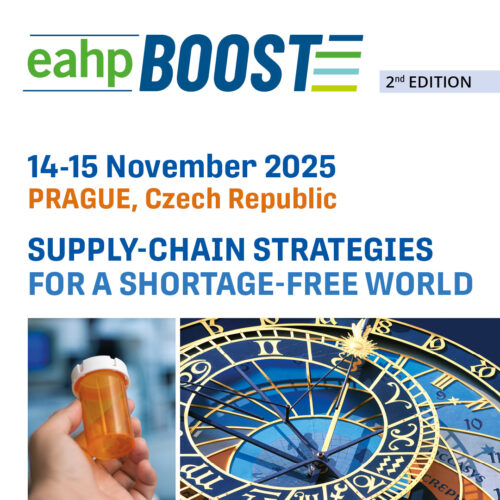Abstract:
Publications on pharmacogenetics have been increased during the last few years. It becomes more and more relevant to know which properties of the human body are responsible for the behaviour of the drug in the body. In drug metabolism much progress has been made to unravel the metabolic properties of many drugs. The Cytochrome P450 family has been extended enormously and many new alleles have been discovered. Unexpected pharmacokinetics and pharmacodynamics can be attributed to polymorphisms in metabolic systems of the body. Interactions based on activity of the enzymes like CYP2D6, CYP2C9, CYP2C19, UGT1A1, TPMT, HLA-B44, HLA-B*5701, CYP3A5, VKORC1, factor V Leiden, and DPYD has been elucidated and have lead to dose recommendations for the drugs that are metabolised by these enzyme systems. There is discussion about the point if every patient should be tested for a particular genetic profile in order to get a better and safer medical treatment. What is the NNT (Number Needed to Test) to avoid toxicity for patients to be treated with anticoagulants or antidepressants? How far can we go with personalised medicine? In this seminar the role and meaning of genomics in general, proteomics and metabolomics will be discussed. The presentations will feature not only the methods but also an example of a successful implementation of genetic screening as a service offered by the hospital pharmacy and paid for by the health insurance.
Teaching Goals:
- highlight the advances in the clinical application of pharmacogenomics
- describe the scientific basis of pharmacogenomics and of clinical pharmacogenomic guidelines
- describe the use of pharmacogenomics at the national level, insurance level and the health-system level
- share ideas for integrating pharmacogenomics into formulary decision making and electronic prescribing
Learning Objectives:
After the presentation the participant should:
- provide specific examples of pharmacogenomics used to enhance clinical care
- summarize a process for using pharmacogenomics in the usual healthcare system to individualize therapies or tailor the formulary for rational prescribing.
























